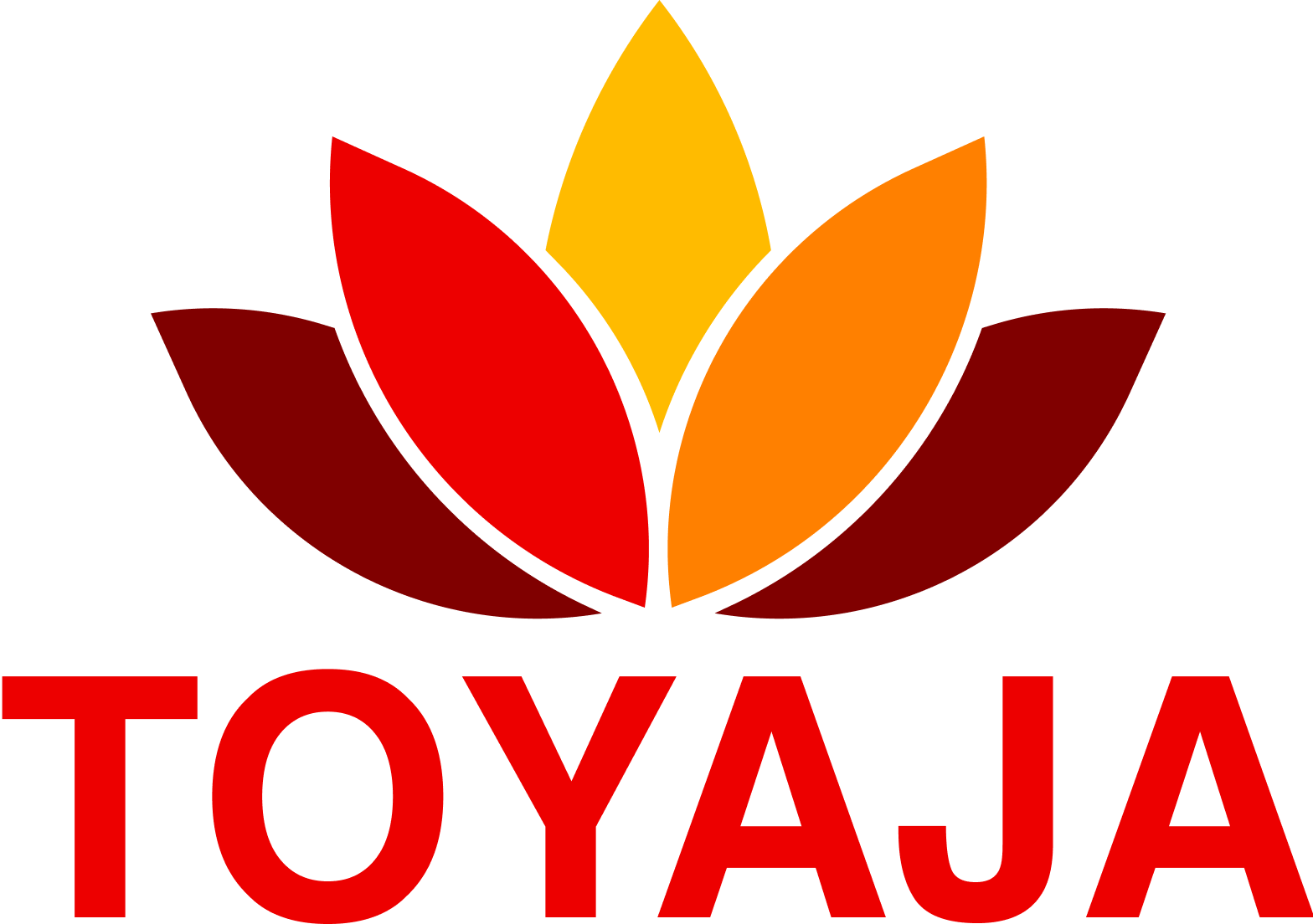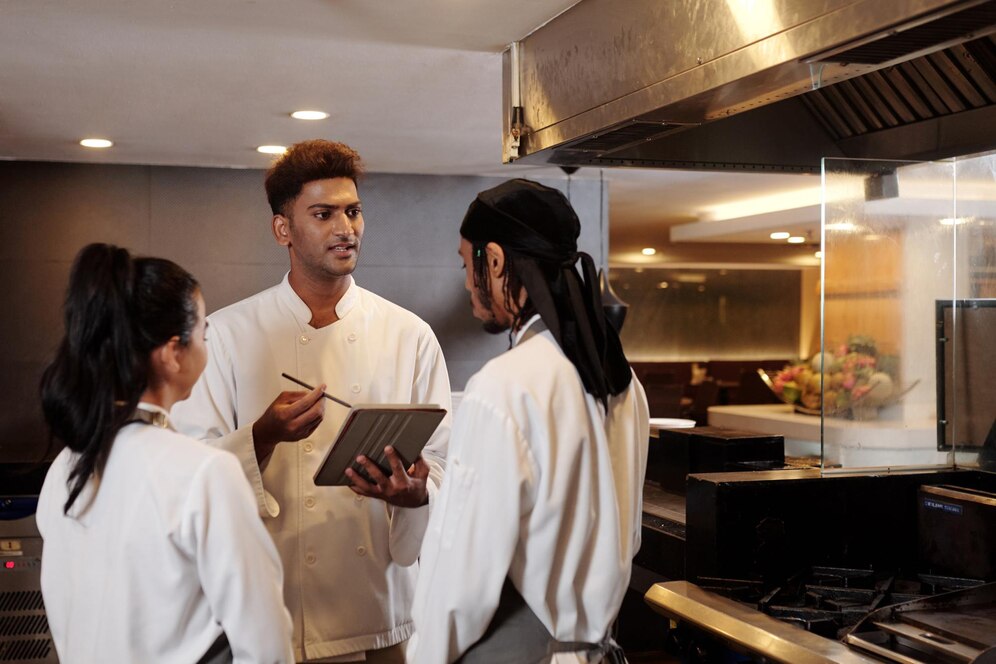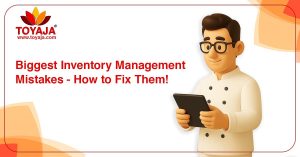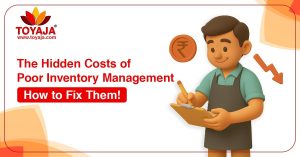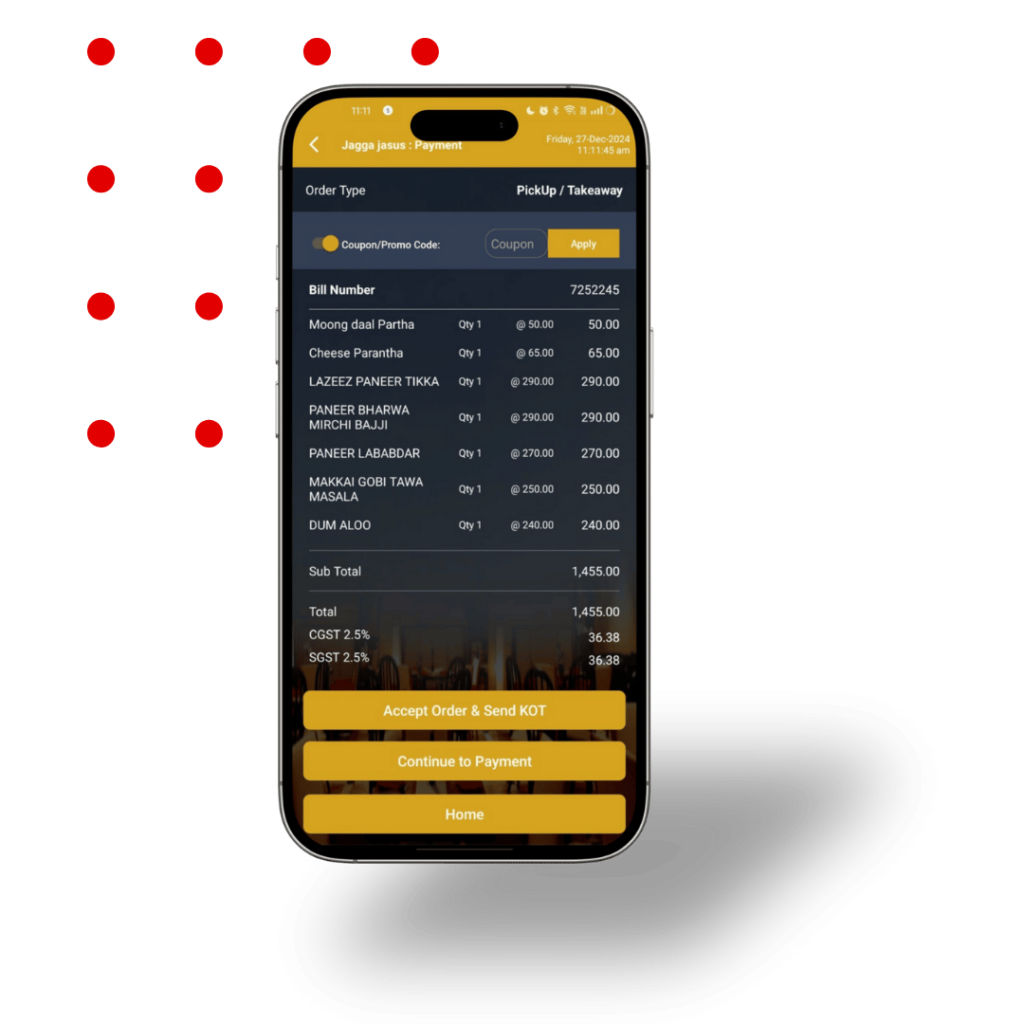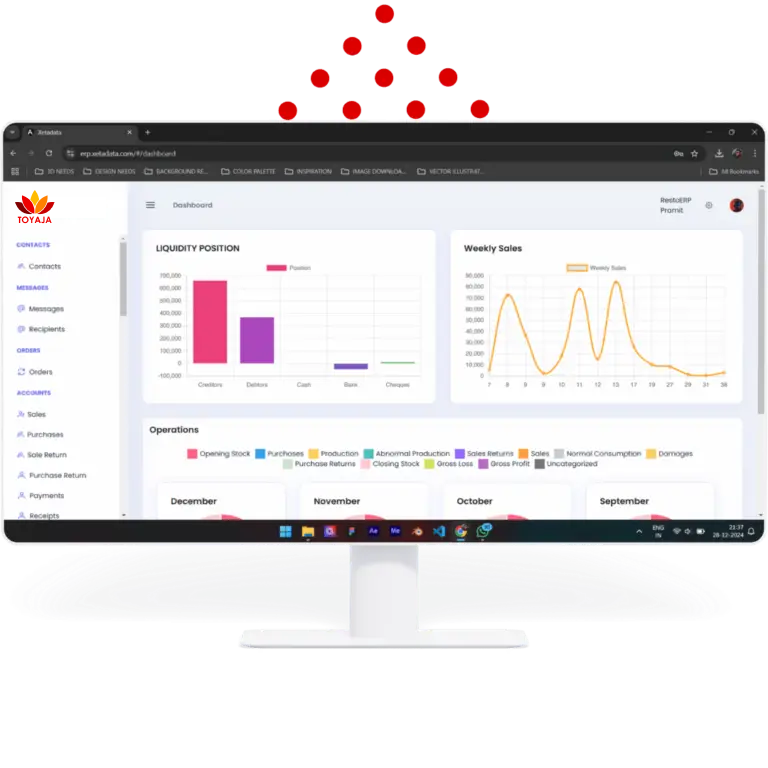Managing inventory in a restaurant isn’t just about counting stock or placing orders. It’s about building a profitable system that runs smoothly, reduces waste, saves time, and boosts your bottom line. Unfortunately, many restaurant owners and managers fall into bad habits or make critical errors when it comes to inventory control.
So how do you go from chaos to control?
Let’s walk through 7 proven steps to take your restaurant’s inventory system from reactive to proactive—ensuring you reduce losses, maximize margins, and never run out of what matters most.
And yes, Toyaja’s smart restaurant inventory software will help you do all of this faster and more effectively.
Step 1: Standardize Recipes and Portions
Why it matters: Without recipe standardization, each chef may use different quantities of the same ingredient, which leads to inconsistent food quality, unpredictable inventory depletion, and inflated costs.
What to do: Define exact portion sizes for every menu item and document the required quantity of each ingredient. Make sure your kitchen staff is trained to follow these standards consistently.
How Toyaja helps: Toyaja lets you create digital recipe cards linked to inventory. So, when an item is sold, it automatically deducts the precise amount of each ingredient from your stock.
Explore the dangers of poor inventory discipline in The 10 Biggest Inventory Management Mistakes (And How to Fix Them!)
Step 2: Automate Inventory Tracking
Why it matters: Manual tracking methods (Excel, notebooks, or guesswork) are slow, error-prone, and lack real-time insight. They also eat into your team’s time.
What to do: Ditch the spreadsheets and move to real-time, automated inventory tracking. This gives you accurate visibility into what’s in stock, what’s being used, and what needs replenishment.
How Toyaja helps: With real-time stock updates, smart alerts, and mobile accessibility, Toyaja eliminates manual errors and gives you full control—even when you’re not on-site.
Debunk the common myth of manual tracking in 10 Inventory Myths That Can Ruin Your Restaurant’s Profitability
Step 3: Forecast Demand Using Sales History
Why it matters: Overstocking and understocking are both expensive problems. Without demand forecasting, you end up tying up cash in slow-moving inventory or missing sales due to stockouts.
What to do: Analyze past sales data to understand peak periods, seasonal trends, and product velocity. Adjust your purchasing accordingly.
How Toyaja helps: Toyaja uses historical data and smart algorithms to forecast demand for every ingredient and product, helping you make data-driven procurement decisions.
Want to know how poor forecasting can burn your budget? Read The Hidden Costs of Poor Inventory Management
Step 4: Conduct Frequent and Scheduled Audits
Why it matters: Most restaurants either skip audits or do them too infrequently. This leads to undetected theft, spoilage, and stock discrepancies.
What to do: Schedule daily, weekly, or monthly inventory audits (depending on item type and perishability). Use a consistent method and log every count.
How Toyaja helps: Toyaja enables cycle counts and physical verification while comparing actual vs. expected stock levels. You can track variance trends over time and pinpoint recurring issues.
Step 5: Organize and Label Your Storage Areas
Why it matters: A disorganized stockroom leads to misplaced items, expired goods, and unnecessary repurchases.
What to do: Implement a FIFO (First In, First Out) system, clearly label every shelf and bin, and group similar items together. Train your staff to return items to their designated places.
How Toyaja helps: Toyaja supports expiration tracking, storage notes, and reordering rules to ensure that nothing falls through the cracks, especially with perishable items.
Niche outlets like ice cream shops face unique storage challenges—get practical tips in Inventory Management Tips for Ice Cream Businesses
Step 6: Integrate POS with Inventory
Why it matters: When your POS and inventory tools operate separately, you miss crucial data connections. You can’t see how each sale impacts your stock.
What to do: Choose inventory software that integrates seamlessly with your POS system to enable automatic deductions based on every sale.
How Toyaja helps: Toyaja syncs with your POS, so every dish sold reduces the exact quantity of ingredients in real time—ensuring complete alignment between front-of-house and back-of-house.
Step 7: Track Waste and Take Action
Why it matters: Without understanding how and where waste is occurring, you’ll keep bleeding money. Spoilage, over-portioning, incorrect prep, and expired goods are all common issues.
What to do: Set up a waste log, review it weekly, and identify patterns. Use this data to make adjustments in storage, prep, or menu items.
How Toyaja helps: Toyaja gives you a built-in waste tracker. You can log what’s discarded, see trends by item or department, and adjust your purchasing or menu strategy accordingly.
Explore more fixes for profitability in The 10 Biggest Inventory Management Mistakes
Final Thoughts
Inventory management isn’t just a back-end task—it’s a strategic pillar of restaurant success. If you follow these 7 proven steps, you’ll gain full control over your operations, reduce waste, save money, and boost your profitability.
But remember, you don’t have to do it alone. With Toyaja, you can streamline every part of your inventory process with an easy-to-use, cloud-based system that’s built for restaurant businesses of all sizes.
From recipe mapping to waste tracking and real-time alerts, Toyaja helps you master your restaurant’s inventory—without spreadsheets, chaos, or confusion.Ready to take control of your stockroom and your profits? Start with Toyaja—your all-in-one inventory solution.
Book a Demo today and discover how advanced inventory solutions can streamline your restaurant operations.
